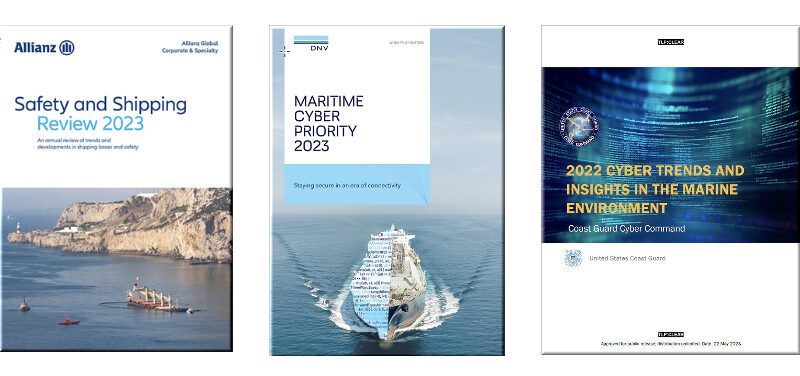The late spring and early summer months have been busy for the maritime industry. Over the past few months there have been a series of reports issued by Allianz, DNV and the U.S. Coast Guard that examine trends and offer insights on maritime cyber and physical security that are likely of interest to Pacific Maritime readers. Before we begin to detail these reports, let’s examine the ransomware attack at the Japanese Port of Nagoya on July 5. Nagoya Port Ransomware Attack On or about July 5, the Port of Nagoya was shut down by a ransomware incident infecting computers that…
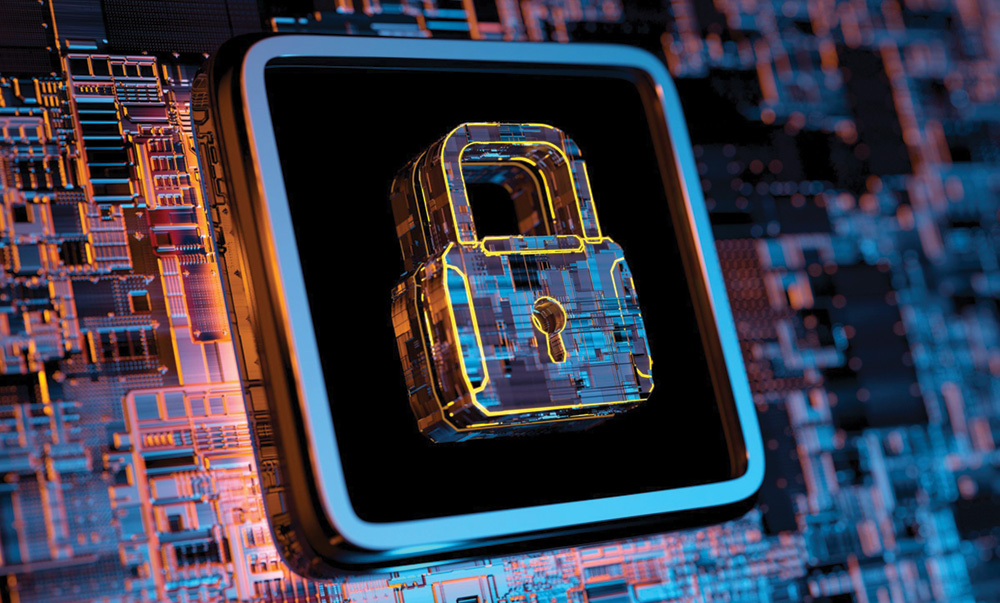
Researchers at NHL Stenden University of Applied Sciences in the Netherlands in July announced that they have launched the Maritime Cyber Attack Database (MCAD), a database of incidents involving the worldwide maritime sector. As of the time of its launch, the database contained more than 160 incidents. The university said in a statement that incidents in the database demonstrate the relevance of cybersecurity across the board of today’s maritime industry and the vulnerabilities that exist. Drawing from open source information, the NHL Stenden’s Maritime IT Security research group collected information on the more than 160 cyber incidents for the MCAD.…
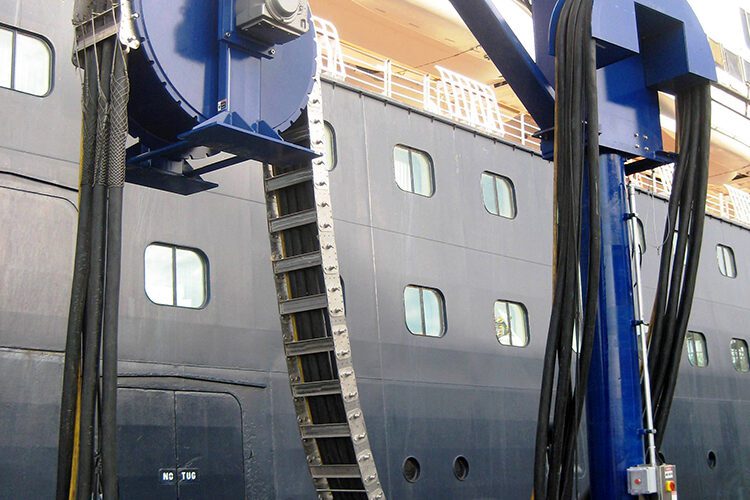
For the cruise line and marine industry, shore power systems dramatically reduce the environmental impact of cruise ships and vessels docked at ports by allowing them to plug into local electrical power instead of running diesel engines that create significant emissions. Today, shoreside electricity connectivity is considered one of the fundamental building blocks in the marine industry’s goal to decarbonize global shipping and address climate change. Cruise Lines International Association’s (CLIA) 2022 Global Cruise Industry Environmental Technologies and Practices Report shows the industry’s progress towards achieving the vision of net-zero carbon cruising globally by 2050, including transitioning to shore power.…
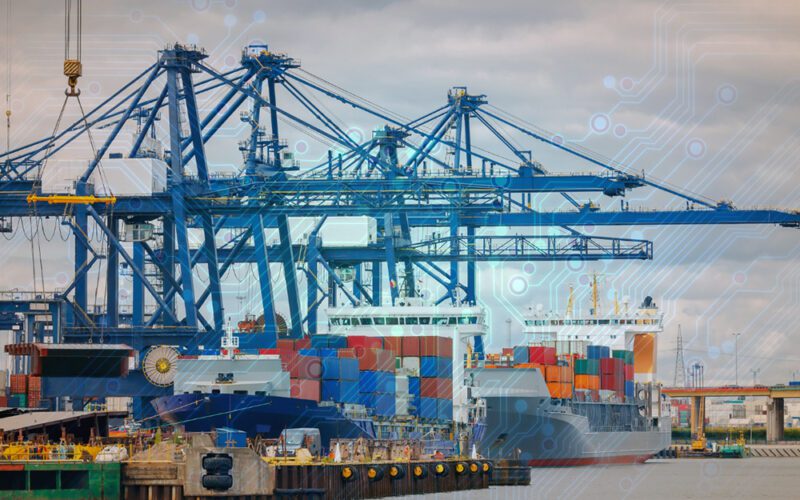
Recently on my YouTube channel, I posted a video about 10 cybersecurity threats today’s executive needs to keep in mind (https://bit.ly/3HQ4Z2e). As I thought about this list, I realized it also applies to those of you in the maritime community. So, here is a review of those threats for your awareness. The list of cybersecurity threats is broad; however, here are 10 select threats discussed in this article: Nation-state attacks Artificial intelligence attacks Zero-day exploits Supply-chain attacks Insider threats Social engineering attacks Cloud security threats Internet-of-things (IoT) attacks Ransomware attacks Phishing attacks In November 2022, the Secretary of the U.S.…
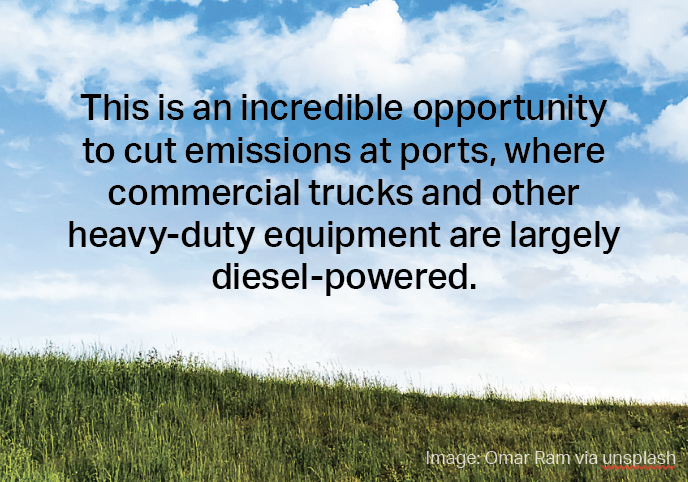
Last fall, the U.S. made a historic $3-billion investment through the Inflation Reduction Act to decarbonize America’s maritime industry. The Clean Ports Program, administered by the Environmental Protection Agency, will provide funding to help port operators cover the cost of replacing their diesel-powered equipment with zero or near-zero emissions alternatives. This is an incredible opportunity to cut emissions at ports, where commercial trucks and other heavy-duty equipment are largely diesel-powered. Port leaders support the transition to cleaner energy, thereby creating a safer work environment, but the legislation doesn’t set operators up for success. To ensure the program will meet its…

I just finished reading the book Intelligent Automation by Pascal Bornet. It’s a fascinating look at the future implementation of artificial intelligence in today’s and future businesses. Since my role is to assess and understand the cybersecurity threats on the maritime sector, Bornet’s book caused me to look for analysis and resources regarding autonomous ships and their implementation. I was surprised at how much has been written on this subject. As an experiment, I suggest you do a Google search on terms such as “autonomous ships,” “autonomous seaports,” etc. I think you’ll be surprised. What I’d like to provide in this…
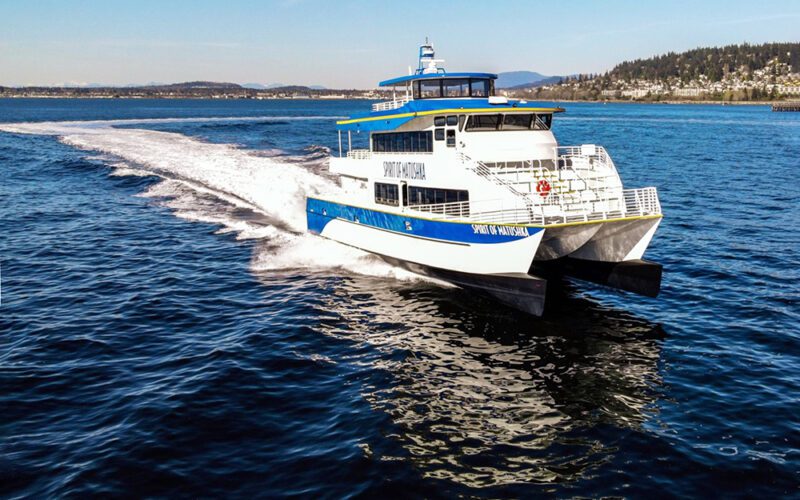
Veteran propulsion technology merges with new innovations. The propulsion technology space is a dynamic and important one for maritime professionals. Technologies with generations of proven success merge and clash with cutting-edge new inventions in a globe-spanning market with players jockeying for position. New opportunities like the wind-farm industry spring up alongside more traditional operations such as oil-spill response vessels and Alaskan tourism. Here are a few things on our radar. Scania Scania USA, a subsidiary of Scania CV AB of Sweden, is an importer for industrial and marine engines in North America and a provider of transportation solutions both on…

The Port of Lisbon in Portugal is attacked by LockBit ransomware. Put yourself in this manager’s shoes: It’s Christmas Day. You’re in the middle of the extended family meal of roast turkey with all the fixings. Suddenly, you’re interrupted by an urgent call from your seaport duty officer. She informs you that the website is down, and all the computer screens are showing an alert from a ransomware attacker extorting your port. Operations seem to be okay, but the ransomware alert is threatening. This is essentially the scenario faced by the Port of Lisbon on Dec. 25 last year. The…
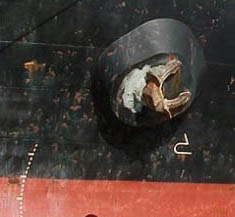
Anyone who works with exposed ferrous metal (iron or steel) knows that it’s going to rust, it’s a fact of life and science. Even rock star Neil Young knows: rust never sleeps. All it takes is metal exposure to oxygen, water, or humidity. It’s the enemy of steel and iron, causing damage and deterioration. In the maritime industry, all metal surfaces exposed to salt water and outside moisture need rust remover before any repaint process begins. In the industrial workplace, there are several factors to consider and questions to ask when choosing to remove rust versus replacing metal parts and…

The agenda of the recent U.N. Climate Conference held in Egypt this past November leaves out a very big emissions source that could prevent meeting the 2050 deadline for a net “Carbon Zero” global economy, and that is transportation. The reason that transportation was left off the agenda is because there is seemingly no solution to a fossil fuel-based transportation sector when accounting for maritime shipping, rail transportation, commercial aviation and long-haul trucking. These four parts of the transportation sector simply cannot be electrified because electrical storage technologies are simply not energy dense enough for large-scale practical applications. Each of…

